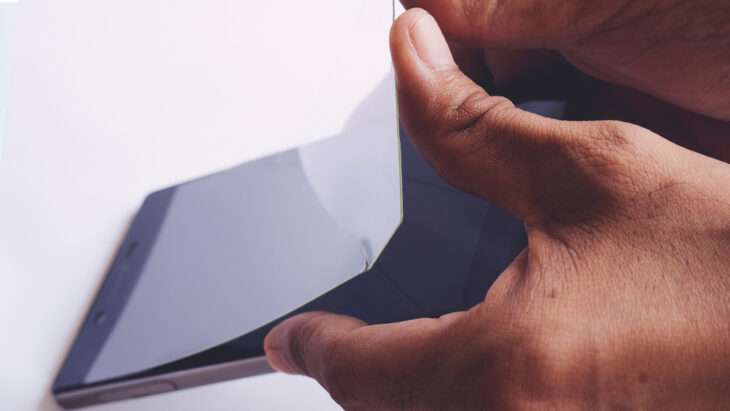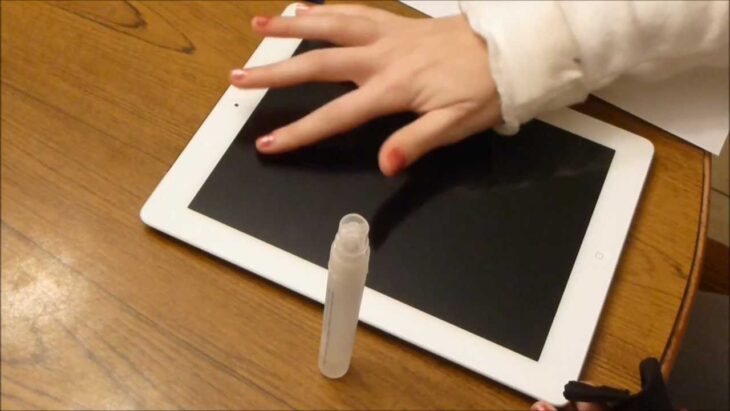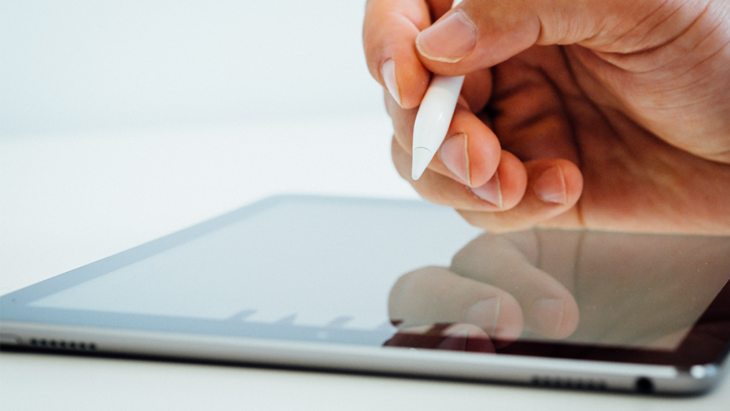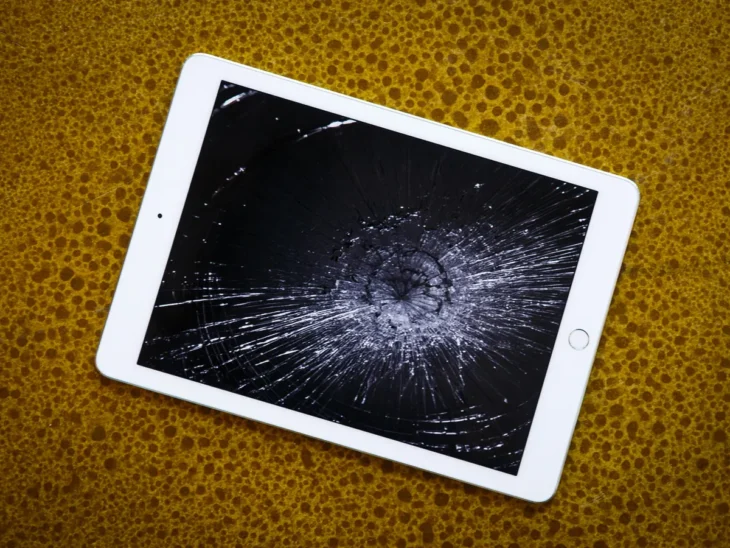One of the easiest ways to conserve battery life with your cracked iPad screen is to simply power it off when you’re not using it. This may seem obvious, but many people leave their iPads on all day long, even when they’re not using them. If you’re not using your iPad, there’s no need to keep it powered on.
Another way to conserve battery life is to adjust the brightness of your screen. The brighter your screen, the more power it will consume. You can adjust the brightness in the Settings app under Display & Brightness. We recommend keeping the brightness at around 50% unless you’re in a very brightly lit environment.
You can also save battery life by disabling features that you don’t use often. For example, if you don’t use Siri, you can disable her in the Settings app under Siri & Search. If you rarely use Location Services, you can disable that as well. Just head to Settings > Privacy > Location Services and select Never for any apps that don’t absolutely need access to your location information.
Finally, one of the best ways to conserve battery . . .
Remove the old screen

If your phone’s screen is cracked, scratched, or otherwise damaged, you might be thinking it’s time for a new one. But before you go spending money on a replacement, you should know that there are ways to fix damaged screens.
Some damage can be easily fixed at home with a few household items. For example, if your screen is scratched, you can try using a pencil eraser to rub out the scratches. If that doesn’t work, you can try using toothpaste or even WD-40. Just apply a small amount to the affected area and rub it in with a soft cloth until the scratch disappears.
If your screen is cracked, there are a few things you can do to try to fix it. First, see if the crack is only on the surface of the screen or if it goes all the way through. If it’s only on the surface, you might be able to use super glue or nail polish to seal up the crack and prevent it from getting worse. If the crack goes all the way through, however, you’ll likely need to replace the screen entirely.
In some cases, damaged screens can be repaired by professionals. They usually have access to specialized tools and equipment that allow them to make repairs that are
Install the new screen

It’s time for an upgrade! If you’re tired of looking at the same old screen, it might be time to install a new one. Here’s how to do it:
- Choose your new screen. There are many different types and sizes of screens available, so take some time to figure out which one is right for you.
- Remove the old screen. This is usually as simple as unscrewing a few screws or bolts.
- Install the new screen. Follow the instructions that come with your new screen, which will vary depending on the type of screen you’ve chosen.
- Sit back and enjoy your new view!
Power on your iPad and test the new screen

If you’ve recently replaced the screen on your iPad, you’ll want to power it on and test it out to make sure everything is working properly. Here’s how to do just that:
- Start by plugging in your iPad to a power source. You’ll need to have it plugged in during this process so that the new screen doesn’t drain the battery too quickly.
- Once it’s plugged in, press and hold the Sleep/Wake button until the Apple logo appears. This indicates that your iPad is powered on.
- Once your iPad is powered on, take a look at the new screen to see if everything appears normal. If not, you may need to adjust some settings or even replace the screen again.

